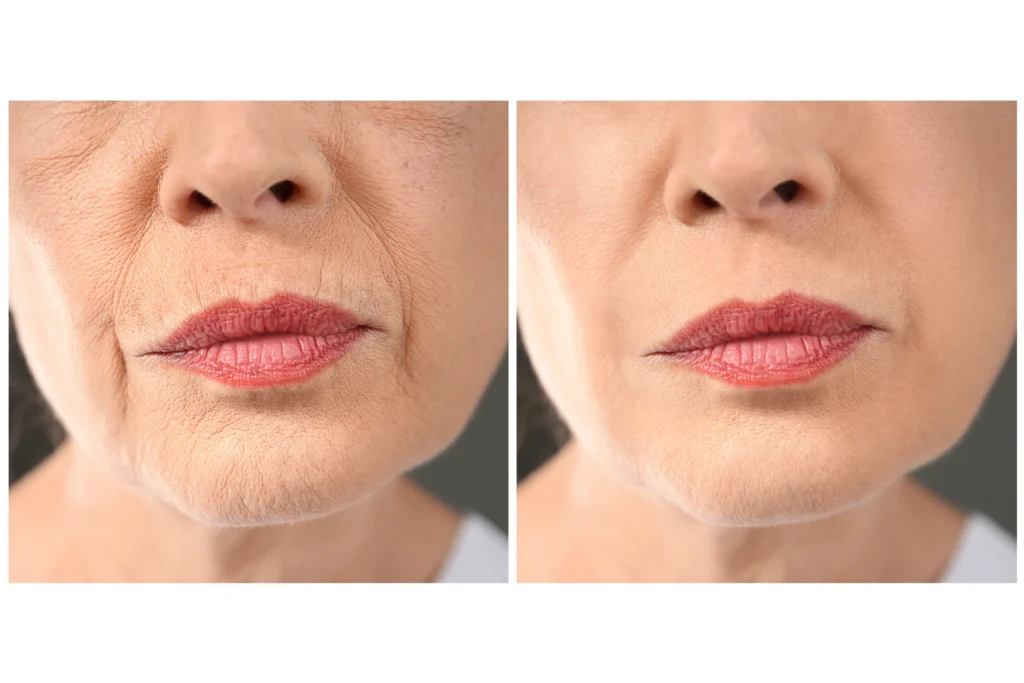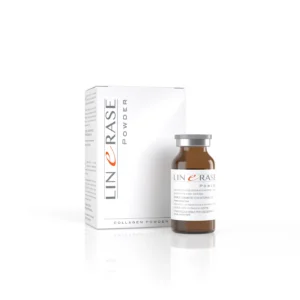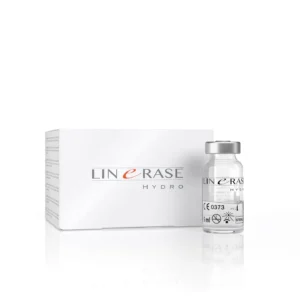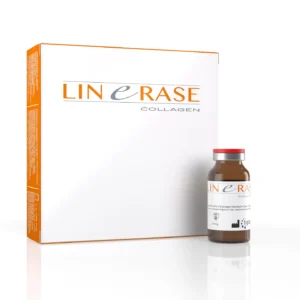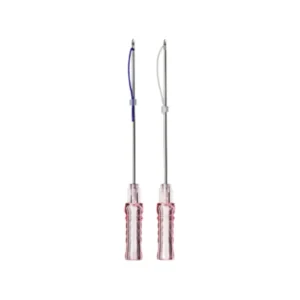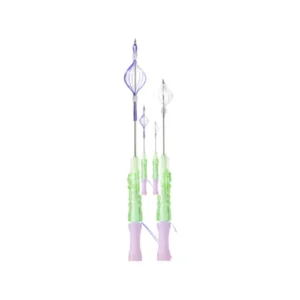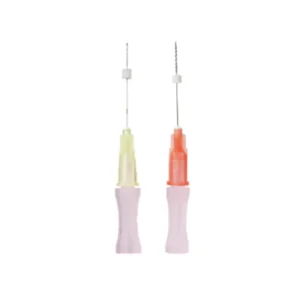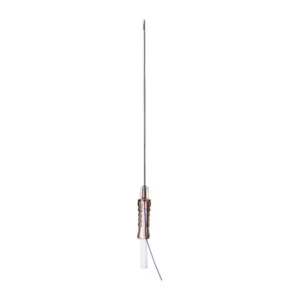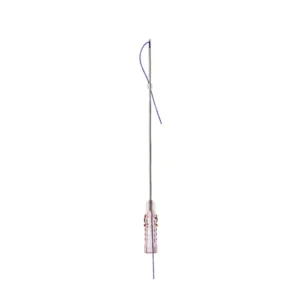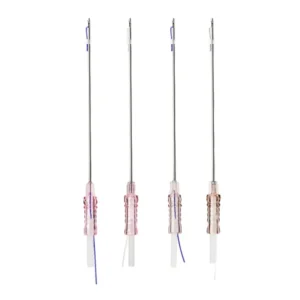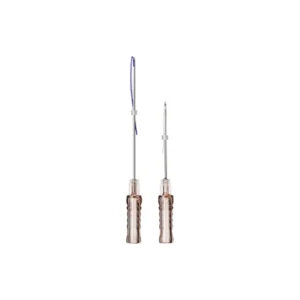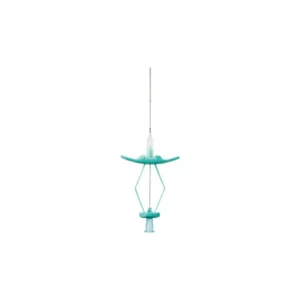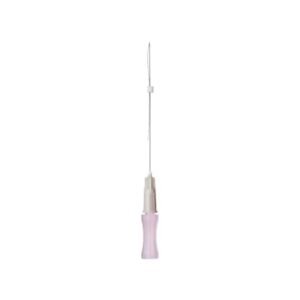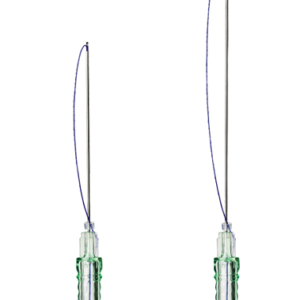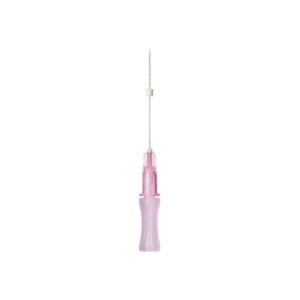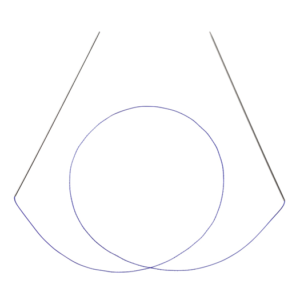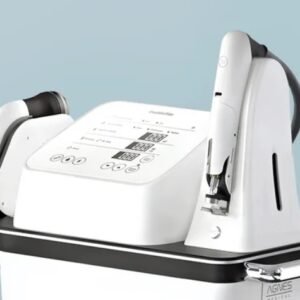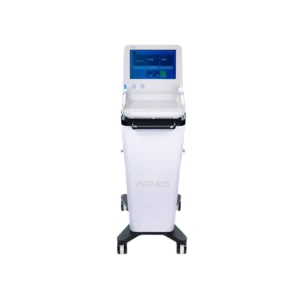Wrinkles are a natural part of aging, yet for many, achieving smoother, more youthful skin is a top priority. In this comprehensive guide, we explore the most effective wrinkle treatments, from injectables like Botox and dermal fillers to energy‑based devices, topical therapies, and combination protocols. Whether you’re new to aesthetic procedures or seeking advanced options, this article provides evidence‑backed insights, expert recommendations, and practical tips to help you choose the right approach for lasting results.
Understanding Wrinkles
Before diving into treatments, it’s essential to understand why wrinkles form and the different types you may encounter.
Dynamic Wrinkles appear when facial muscles contract—think crow’s feet around the eyes or frown lines on the forehead.
Static Wrinkles are visible at rest and result from repetitive movements combined with skin laxity and collagen breakdown over time.
Key contributing factors include:
Intrinsic Aging: Natural decline in collagen, elastin, and hyaluronic acid.
Photoaging: UV exposure accelerates structural protein degradation.
Lifestyle Influences: Smoking, poor nutrition, and dehydration.
Recognizing whether your wrinkles are dynamic or static—or a blend of both—helps determine the most effective wrinkle treatment protocol.

Injectable Treatments
Botox & Neuromodulators
Botox (onabotulinumtoxinA) and similar neuromodulators (Dysport, Xeomin) temporarily block nerve signals to muscles, reducing contractions that cause dynamic wrinkles.
Mechanism: Inhibits acetylcholine release at neuromuscular junctions.
Candidates: Ideal for forehead lines, glabellar “11” lines, and crow’s feet.
Onset & Duration: Results appear in 3–7 days; last 3–4 months.
Pros & Cons:
✓ Quick treatment (10–15 minutes), minimal downtime
✓ Natural‑looking smoothing when dosed appropriately
✗ Requires repeat sessions
✗ Potential for mild swelling or bruising
Dermal Fillers
Fillers restore lost volume by plumping static wrinkles and folds. The most common are hyaluronic acid (HA) formulations (e.g., Juvederm, Restylane) and calcium hydroxylapatite (Radiesse).
Mechanism: HA attracts water to lift and fill lines; CaHA provides scaffold for collagen growth.
Candidates: Nasolabial folds, marionette lines, lip lines, and cheek augmentation.
Longevity: HA lasts 6–18 months; CaHA up to 12–18 months.
Pros & Cons:
✓ Immediate results with natural feel
✓ Biocompatible, reversible (HA)
✗ Higher cost per syringe
✗ Rare risks: vascular occlusion, nodules
Energy‑Based Devices
Laser Resurfacing
Lasers stimulate skin remodeling by creating controlled micro‑injuries.
Ablative Lasers (CO₂, Er:YAG) remove the epidermis and heat dermis—best for deep wrinkles and significant texture improvement.
Downtime: 1–2 weeks of erythema and peeling.
Non‑Ablative Lasers (Fraxel, Clear + Brilliant) penetrate dermis without removing the top layer—less downtime, moderate results.
Downtime: Mild redness for 1–3 days.
Key Considerations:
Requires sun avoidance and diligent skincare post‑procedure.
Multiple sessions enhance collagen remodeling.
Radiofrequency & Ultrasound
Radiofrequency (RF): Devices like Thermage deliver heat to collagen‑rich layers, causing immediate contraction and gradual tightening.
Ultrasound (Ultherapy): Focused ultrasound heats deeper SMAS layer, similar to a surgical facelift.
Benefits:
Minimal downtime (redness may last a few hours).
Suitable for mild to moderate skin laxity.
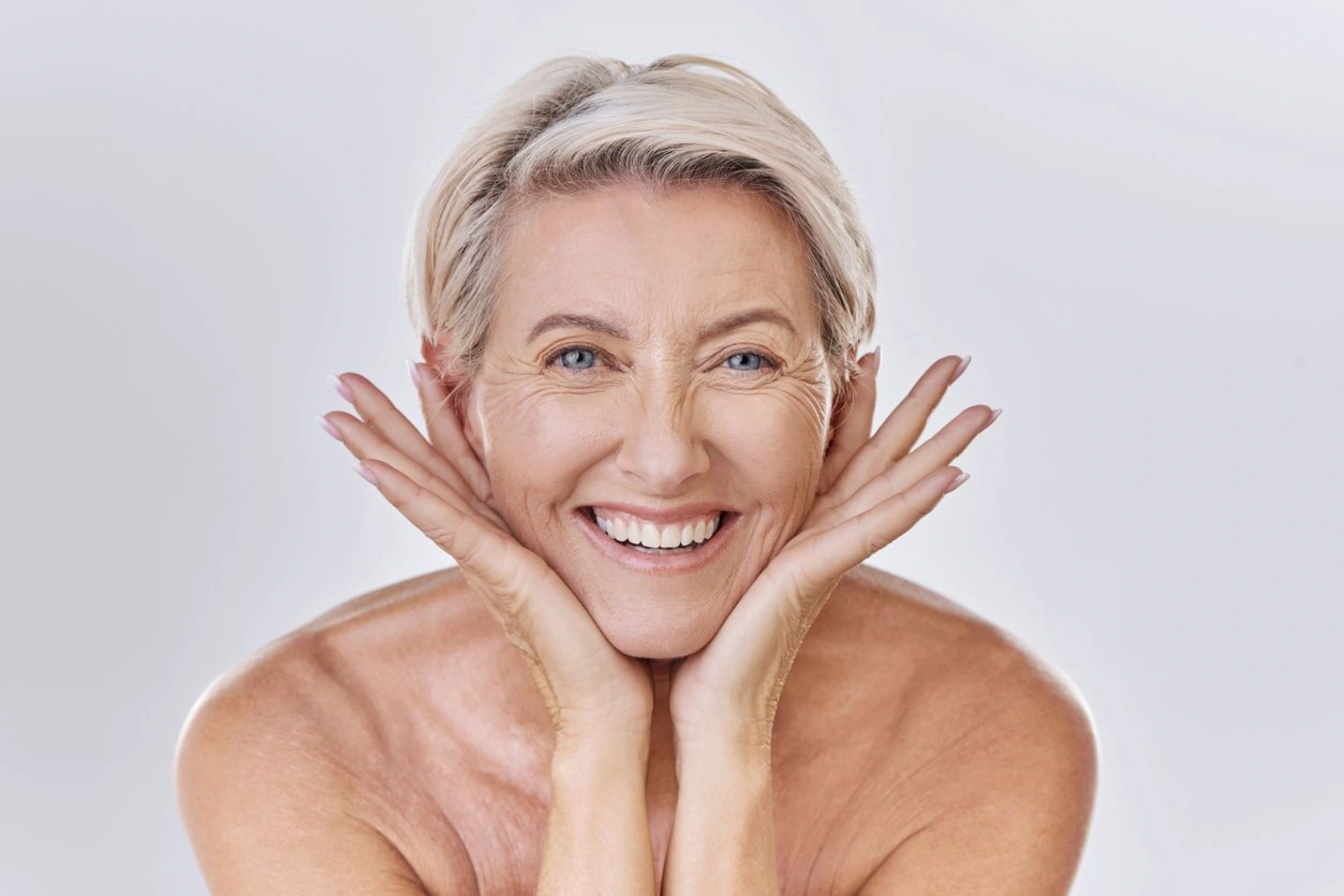
Topical & Chemical Approaches
Prescription Retinoids & Peptides
Retinoids (Tretinoin, Adapalene): Vitamin A derivatives boost cell turnover and collagen synthesis.
Peptides (Palmitoyl Pentapeptide): Signal fibroblasts to produce more collagen and elastin.
Usage Tips:
Apply nightly, starting with low concentration to minimize irritation.
Always layer with broad‑spectrum SPF 30+ each morning.
Chemical Peels
Peels remove the top layers of skin to reveal smoother, fresher skin beneath.
Light Peels (Glycolic, Salicylic): Improve fine lines and texture with minimal downtime.
Medium Peels (TCA): Target moderate wrinkles, dyschromia; 5–7 days of peeling.
Safety Notes:
Perform test spots to assess skin reaction.
Strict sun avoidance is critical for 4–6 weeks post‑peel.
Combination Protocols
Synergistic treatments often deliver superior, longer‑lasting outcomes by addressing wrinkles at multiple levels:
| Treatment Layer | Examples |
|---|---|
| Muscle Relaxation | Botox for dynamic lines |
| Volume Restoration | HA fillers for static folds |
| Collagen Stimulation | Ablative laser or RF |
| Skin Surface Renewal | Chemical peels or microdermabrasion |
Typical Plan:
Month 0: Botox + HA filler
Month 1: Non‑ablative laser
Month 2: Light chemical peel
Maintenance: Annual RF or ultrasound touch‑ups
Safety, Side Effects & Aftercare
Understanding risks and recovery ensures you get the best outcome with minimal complications.
Common Side Effects:
Swelling, redness, and mild bruising at injection or treatment sites.
Temporary numbness or tingling with energy devices.
Rare Complications:
Vascular occlusion with fillers—immediate recognition and hyaluronidase injection are essential.
Infection—maintain sterile technique and follow post‑care instructions.
Aftercare Essentials:
Cold Compresses to reduce swelling.
Gentle Cleansing and Moisturization; avoid exfoliants for 48 hours.
Sun Protection: SPF 30+ daily, reapply every two hours outdoors.
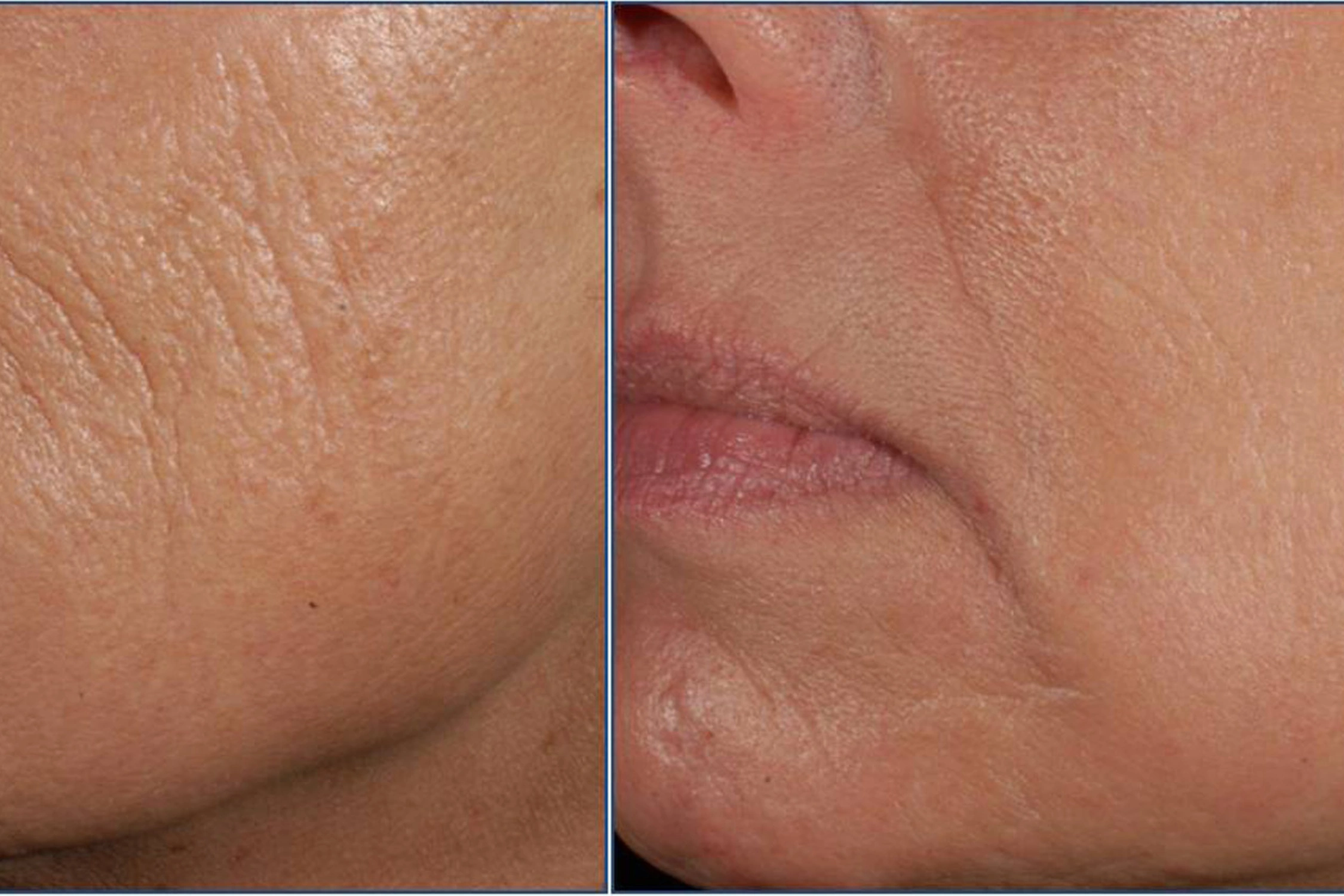
Cost Comparison & Choosing a Provider
| Treatment | Average Cost (USD) | Maintenance Frequency |
|---|---|---|
| Botox | $300–$600 per area | Every 3–4 months |
| HA Fillers | $600–$1,200 per syringe | Every 6–18 months |
| Ablative Laser Resurfacing | $1,500–$3,000 per session | Single, repeat at 1–2 yrs |
| Non‑Ablative Laser | $500–$1,500 per session | 3–5 sessions, annual touch-up |
| Medium Chemical Peel (TCA) | $700–$1,000 per session | Every 6–12 months |
Selecting Your Provider:
Verify board certification (Dermatology or Plastic Surgery).
Review before/after galleries and patient testimonials.
Tour the facility—ensure high hygiene standards and modern equipment.
Ask about emergency protocols for complications.
Conclusion & Call to Action
From dynamic wrinkles smoothed with Botox to static lines plumped by fillers, and deeper remodeling via lasers and RF/ultrasound, today’s wrinkle treatments offer tailored options for every skin type and concern. For optimal and safe results:
Identify your primary wrinkle type (dynamic vs. static).
Consult a qualified, board‑certified specialist.
Plan a multimodal treatment protocol for comprehensive, lasting improvement.
Maintain results with diligent sun protection, topical retinoids, and periodic touch‑ups.
Ready to turn back the clock on your skin? Schedule a consultation with a board‑certified dermatologist or plastic surgeon today to create your personalized wrinkle treatment plan.

